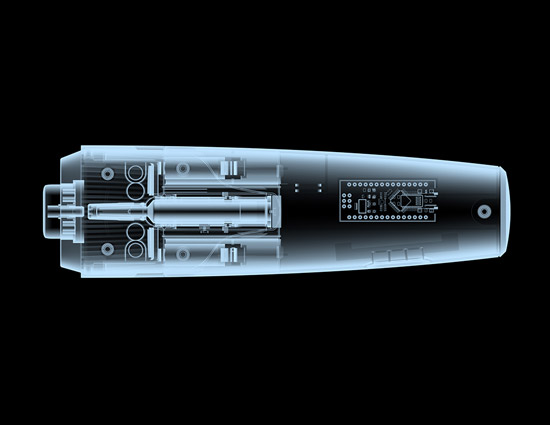According to the International Diabetes Foundation (IDF), no fewer than 463 million people are living with the chronic disease, which occurs when the pancreas cannot make – or make good use of – insulin. Its prevalence continues to rise rapidly and significantly around the world, and it’s well documented that the longer you leave treatment, the more likely you are to face devastating complications.
Diabetes is nothing short of a global scourge in urgent need of innovative new approaches to diagnosis and treatment of the disease and its complications. This imperative added impetus to a recent study here at Cambridge Consultants, conducted in partnership with eminent specialists Professor Sobha Sivaprasad of Moorfields Eye Hospital, London and Dr Rajiv Raman from the Sankara Nethralaya, a tertiary eye hospital in Chennai.
Our intention? To develop and validate a deep learning-based system to assess the presence of peripheral neuropathy, a complication of diabetes, from retinal images normally used for diabetic retinopathy screening. The positive, and I have to say truly exciting, results were published this week on Diagnostics MDPI. They open the way to more comprehensive screening programmes based on data that can be easily made available to clinicians.
Neuropathy is one of the most common complications of diabetes, along with retinopathy and nephropathy. In many countries, retinopathy is screened through national diabetic eye screening programmes. In the traditional approach, patients’ retinas are photographed before specialist staff members grade the pictures and make a referral to an ophthalmologist if necessary.
Want to learn more?
Machine learning for retinopathy screening
As with many labour-intensive and time-consuming screening methods, a move towards automation is under way. At a hospital in India, Google and its research organisation Verily pioneered the use of a machine learning algorithm to screen for diabetic retinopathy and macular oedema. US company Digital Diagnostics, meanwhile, has FDA approval to use AI to screen for diabetic retinopathy using its proprietary hardware and algorithms. And more recently Eyenuk has obtained approval for their AI system EyeArt.
Neuropathy can be difficult to identify and is usually symptomatic when it is picked up. It often results in foot ulcers, which if unmanaged can lead to limb loss. Screening is not standardised but usually relies on an examination of the foot. The problem, of course, is that by the time ulcers appear the nerve damage may already be advanced, and it becomes difficult to manage. The situation is exacerbated by the fact that some patients are unaware of their ulcers developing because of a lack of sensation and difficulties with mobility.
Diabetes can affect many parts of the body, including vasculature and nerve tissues, which can lead to tissue damage and, in turn, other complications. In the retina, tissue damage can lead to blindness, so regular images of the eye are taken to monitor and manage possible sight loss.
Loss of visual performance has been found to occur in diabetic patients; this was correlated with thinning of the nerve fibre layer at the back of the eye. At the outset of the study, we hypothesised that if nerve damage is occurring in the entire body, evidence of neuropathy may be present in the retina. Indeed, anecdotal evidence suggests that some clinicians suspect other diabetic complications from retinal images even though they are unable to pinpoint a specific reason why. Intuition appears to be playing a part here as clinicians form a picture from the entire patient history.

Deep learning for neuropathy screening
For the population-based study we used almost 24,000 eye images from more than 1,500 patients that were collected across urban Chennai in an epidemiology study: Sankara Nethralaya Diabetic Retinopathy Epidemiology & Molecular Genetics (SNDREAMS). We used the data to investigate if AI and deep learning could be used to screen for neuropathy. We trained a number of convolutional deep learning models before selecting the one with the best performance.
The conclusion was that – across the entire test cohort – neuropathy could be predicted from the images. We also found that the predictive power of the algorithm was better in patients that also had diabetic retinopathy. Going forward we will investigate if this methodology can be used to identify other diabetic complications such as nephropathy and neuropathy in the same patient cohort.
I’m massively encouraged by the findings and very optimistic about the implications for improving the lives of diabetes sufferers globally. The number of people living with the disease that I mentioned at the beginning of this article is predicted by the IDF to rise to 700 million by 2045.
Retinopathy screening is already widespread in many countries, with infrastructure in place to collect data regularly. The ability to screen for all three complications from one single data set would be an extremely cost effective and efficient way to manage patient care. In the longer term, these advances could enable home monitoring of disease progression – reducing the burden on patients and carers and empowering patients.
If you’d like to discuss the topic in more detail or receive more information, please do email us.






